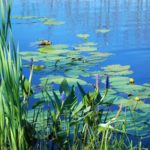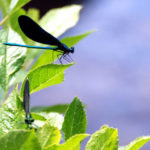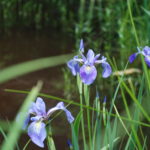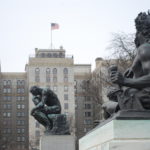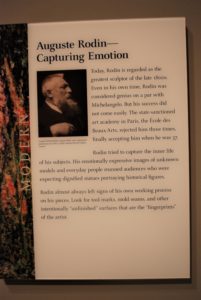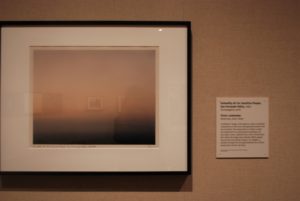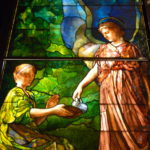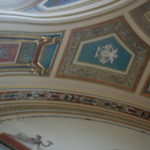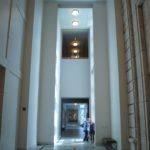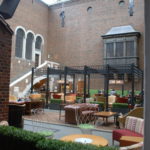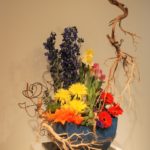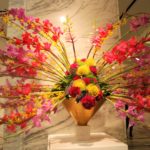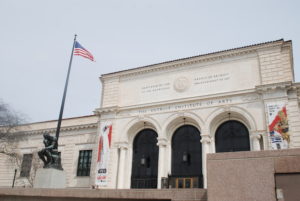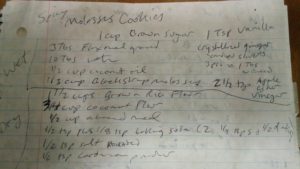Age and health were discussed in the last post and my point was primarily that we don’t know how many tomorrow’s we have so getting priorities done sooner rather than later is important. I feel better now than I did at age 38. The age stands out in my memory because I had trouble standing, trouble walking, trouble not having severe migraines, and even as a dietitian with knowledge regarding weight loss strategies and research, I had trouble losing weight no matter how hard I tried with diet and exercise. Eventually I learned about the need for adequate iodine to counteract body stores of bromide, chloride and fluoride and I started losing weight fairly easily. There is more to that story bit the point is simply that it is difficult to feel young when your body is exhausted and in chronic pain – no matter how many birthdays you’ve celebrated.
At a young age I learned that lesson – when I was four – my eldest sister died that year of cancer/leukemia. I only have two memories of her. In one she was laying in her bed because that is all she had energy for, but she was entertaining me with a beanbag frog and a ping-pong ball – somehow she made it seem like the frog was eating the ping-pong ball and swallowing it – I don’t know if at age 13 she could just hide it or if there was a rip in the cloth frog. It was one of a set that my mother had made – anyone who has had summer fun in a frog pond would know that they can seem both easy to catch because there are so many at times sitting on lily pads and that they are hard to catch because they seem to see you from any direction and leap away in time. A bean bag game makes catching them a lot easier.
In the other memory she was laying in a box with her teddy bear and I was told that she was going away into the ground- or something like that – and my age four self knew she had been sick but I couldn’t understand why her teddy bear was sick too. I was young, it is a wordless memory so I don’t really know what I was told. I don’t think I understood at the time she wasn’t just asleep and eventually over time when I realized she wasn’t coming back to her normal bed the memory fragment gave me comfort because I knew she had her teddy bear with her wherever she was. Life is a circle. The beanbag frog didn’t go away and it was a favorite for me because it always reminded me of my big sister and her playing with me even though she was tired and laying in her bed.
Frogs represent life in an obvious way because you can watch them grow from tiny tadpoles into little tiny limbed frogs and eventually large ones who sit on lilypads chirping their twilight songs or leaping and swimming and eating flies. We all have a place in an equal opportunity circle of life.
Unfortunately fo frogs and other amphibians they are our Canaries in a coalmine. Their delicate skin and life cycle that spends so much time in watery habitats makes them particularly susceptible to pollutants and their health, population count, and frequency of birth defects are an early warning of environmental toxicity.
Enjoy everyday and every moment – trite but true – today is a present, a gift to enjoy. Having health and having a healthy environment are not guaranteed and we all have to work together to protect both for future generations of children and amphibians and even flies – we all have a place in the cycle of life. Amphibians and insects are also part of the diet of some birds such as Sandhill Cranes. (Sandhill Cranes)
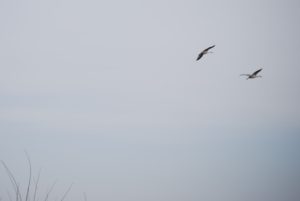
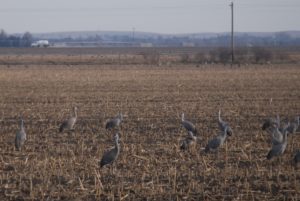
Near death experience survivors from around the world have similar stories to tell about their experience- in their many different languages. As a toddler I had a traumatic experience that I think was a near death, lack of oxygen, experience and based on the others tales of another state of consciousness I do believe that we have an energy form and that there is somewhere my sister is still in existence in energy form – as well as in my two brief memories- may we all coexist in peace.
*Nrf2 promoting foods may not be beneficial in some cases of drug resistant leukemia – the resistant cancer cells use it to protect themselves from oxidative stress. (http://www.pnas.org/content/107/16/7479.full) Research is being advanced in targeting the NRF2 pathways used by the resistant cancer cells – in coordination with other drugs. Inhibiting the Nrf2 pathways can be very toxic to other areas of the body. (https://www.medscape.com/viewarticle/809638) Having the Nrf2 promoting foods in the diet as a preventative before cancer occurs would be also protecting against other inflammatory conditions.
Disclosure: This information is being shared for educational purposes within the guidelines of Fair Use. While I am a Registered Dietitian this information is not intended to provide individualized health care guidance. Please seek an individual health care professional for individualized health care guidance. Thanks.

